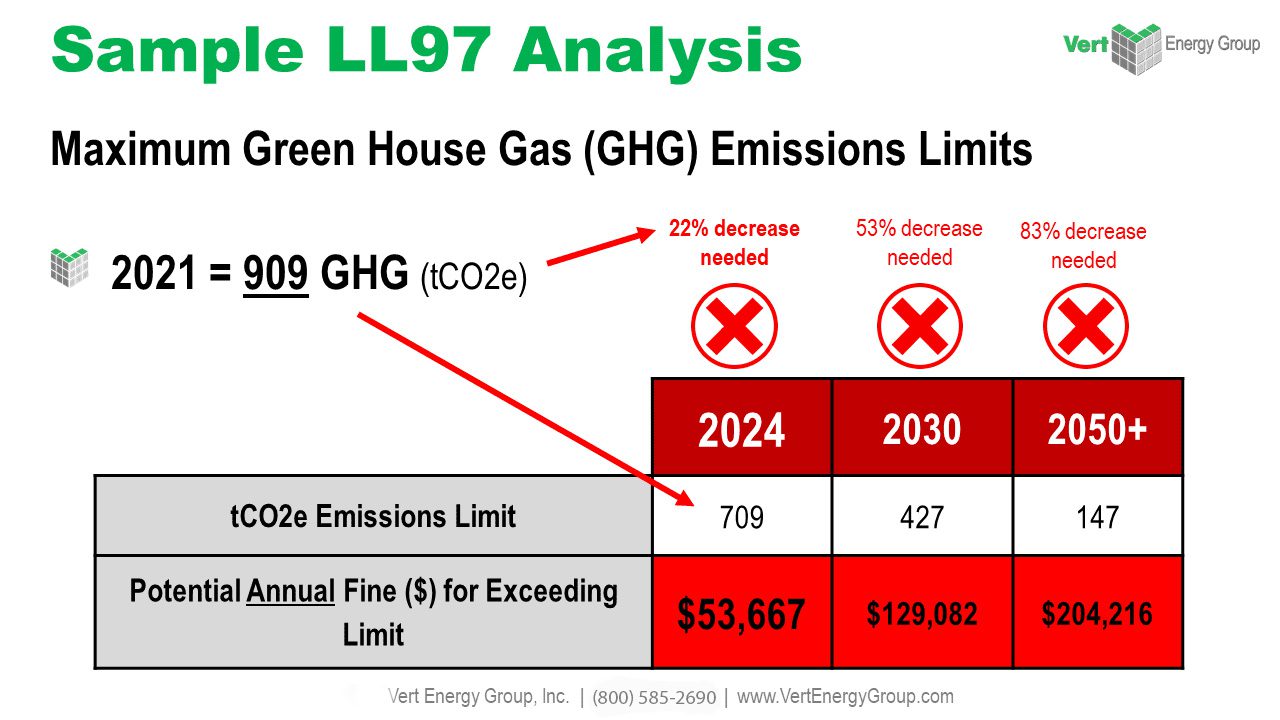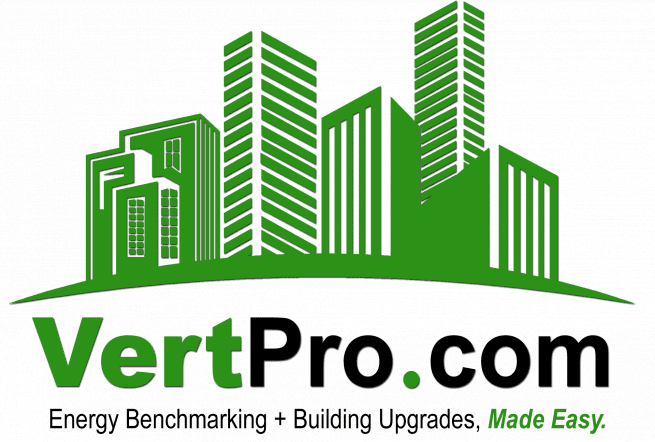I. Introduction
The contemporary construction industry is grappling with an issue that has the potential to undermine its foundational strengths: escalating labor shortages. This problem is the culmination of a variety of socio-economic factors, including demographic shifts, the aftermath of industry downturns, and a generational disconnect from trade professions. As a result, projects are experiencing significant delays, costs are surging, and the workforce is increasingly overloaded.
This blog seeks to delve into the implications of labor shortages in construction and to offer expert guidance on driving construction efficiency. By doing so, we aim to empower industry leaders with strategies that can help maintain project success, even with a reduced labor pool.
II. Understanding the Impact of Labor Deficits in the Construction Industry

Labor shortages in the construction industry result from the dissonance between the demand for skilled labor and the dwindling supply. Organizations such as The Associated General Contractors of America substantiate this with reports of widespread difficulties among construction firms in filling skilled labor positions. Locally, this shortage can have a ripple effect, slowing projects, inflating the cost of labor, and creating a competitive market for skilled workers that can further stress project budgets.
When construction firms are unable to staff their projects adequately, it’s not just timelines that suffer; the quality of work can diminish, safety may be compromised, and the ability to compete for new contracts can decrease. The first step towards countering these challenges is to recognize the correlation between a robust workforce and the successful execution of construction projects.
III. The Importance of Construction Efficiency
Efficiency in construction transcends mere speed; it encapsulates the judicious use of time, budget, and quality standards using the least possible resources. It stands as a barometer for the health of construction practices. In the face of labor deficits, ramping up efficiency becomes a linchpin; it optimizes the use of the existing workforce and curtails the dependence on the erratic labor market.
IV. Expert Tips for Boosting Construction Efficiency
A. Incorporating Technology into Construction Processes
The construction industry is often perceived as slow to adopt new technologies. However, the winds of change are afoot with advancements that promise to revolutionize the sector. Tools such as Building Information Modeling (BIM) provide a digital representation of a building’s characteristics, fostering a more collaborative and efficient project environment. Automation in construction, powered by robotics and AI, is positioned to fill in the gaps left by labor shortages. For instance, adopting advanced machinery for laying bricks or pouring concrete can increase the work speed and consistency.
Drones are a game-changer for on-site surveys, offering a bird’s eye view that can help identify potential issues before they become roadblocks. Safety is also enhanced when drones are employed for inspections, reducing the need for workers to access potentially dangerous areas.
B. Improving Project Management Practices
In construction, efficient project management is a make-or-break factor. Adapting principles from Agile and Lean methodologies can significantly boost a project’s success rate. These approaches enhance flexibility, emphasize customer value, and minimize resource wastage.
To further support these methodologies, the integration of project management software can be transformative. These platforms facilitate better communication, scheduling, document control, and provide real-time data to all stakeholders. By mitigating miscommunications and delays, projects can progress more smoothly and efficiently.
C. Providing Apprenticeships and Training Programs
To combat the lack of skilled labor, it’s imperative to invest in apprenticeships and training programs. These can serve as pipelines for developing skilled workers who are prepared for the complexities of modern construction projects. This not only increases the overall productivity but also boosts the retention rate of employees.
Workers tend to stay with companies that invest in their development, leading to a more knowledgeable, efficient, and loyal workforce. Organizations like The National Center for Construction Education & Research provide standardized training and credentialing programs that can be utilized to enhance worker skills.
D. Fostering a Culture of Continuous Improvement
Maintaining a culture that prizes continuous improvement is crucial for sustaining efficiency and competitiveness. By encouraging employees to actively participate in problem-solving and innovation, companies can harness the collective expertise of their workforce.
This means establishing protocols that welcome suggestions and feedback and implementing incentive programs that recognize the contributions of employees. Such measures not only drive efficiency but improve job satisfaction and engagement among workers.
E. Efficient Resource Management
Efficiently managing resources – labor, materials, equipment, and time – is fundamental for construction efficiency. Strategic procurement practices, just-in-time delivery, and sophisticated inventory management systems ensure that resources are available when needed without tying up capital in excess supplies.
Sophisticated resource management software can track and analyze resource utilization trends, offering insights that enable better decision-making and identification of inefficiencies.
F. Use of Prefabricated and Modular Construction

Prefabrication and modular construction stand at the forefront of innovative building practices, addressing labor shortages by transferring much of the construction process off-site. Modules and components are constructed in a controlled factory setting, which not only reduces the need for skilled labor on-site but also enhances precision, quality, and safety.
Modular construction, in particular, has claimed its stake as a leading solution, with the potential to halve construction time and significantly disrupt traditional building timelines.
G. Embracing Sustainable Construction Practices
Sustainable construction practices can also play a role in enhancing efficiency. By integrating greener solutions such as the use of recycled materials, energy-efficient equipment, and renewable energy sources, construction sites can reduce waste and operate more sustainably. Moreover, a commitment to sustainability can improve a company’s marketability and compliance with increasingly rigorous environmental regulations.
V. Conclusion
Tackling labor shortages in construction requires a multifaceted approach, and the strategies outlined above offer a roadmap for firms to navigate these challenges. By leveraging technology, refining project management practices, investing in workforce development, advocating for continuous improvement, managing resources efficiently, adopting modular construction, and prioritizing sustainability, the construction industry can rise above labor deficits and thrive in the current economic landscape.
As the industry progresses, it’s imperative that construction professionals embrace these insights and tools to future-proof their operations. The time for action is now — to build smarter, more efficient, and more resilient construction practices that can stand the test of time and workforce shifts.
VertPro.com is the go-to hub for contractors dedicated to elevating energy performance upgrades for their clients. Our expansive suite of offerings includes expert Commercial Energy Audits, adept Benchmark Compliance consultation, and expansive Construction Marketplace. At VertPro®, we pride ourselves on delivering cutting-edge SaaS technology solutions that simplify the journey through Energy Benchmarking, and Energy Audits/RCx Plus, all while maintaining full compliance with a myriad of more than 60 Energy Benchmarking and Energy Efficiency Regulations nationwide.
At VertPro.com, we don’t just provide the insights and tools for energy management; we also bridge connections between qualified contractors and our client base, eager to upgrade their buildings. This creates a Marketplace where you can expand your project portfolio, ensuring that you’ll have more opportunities to apply your skills and grow your business.















